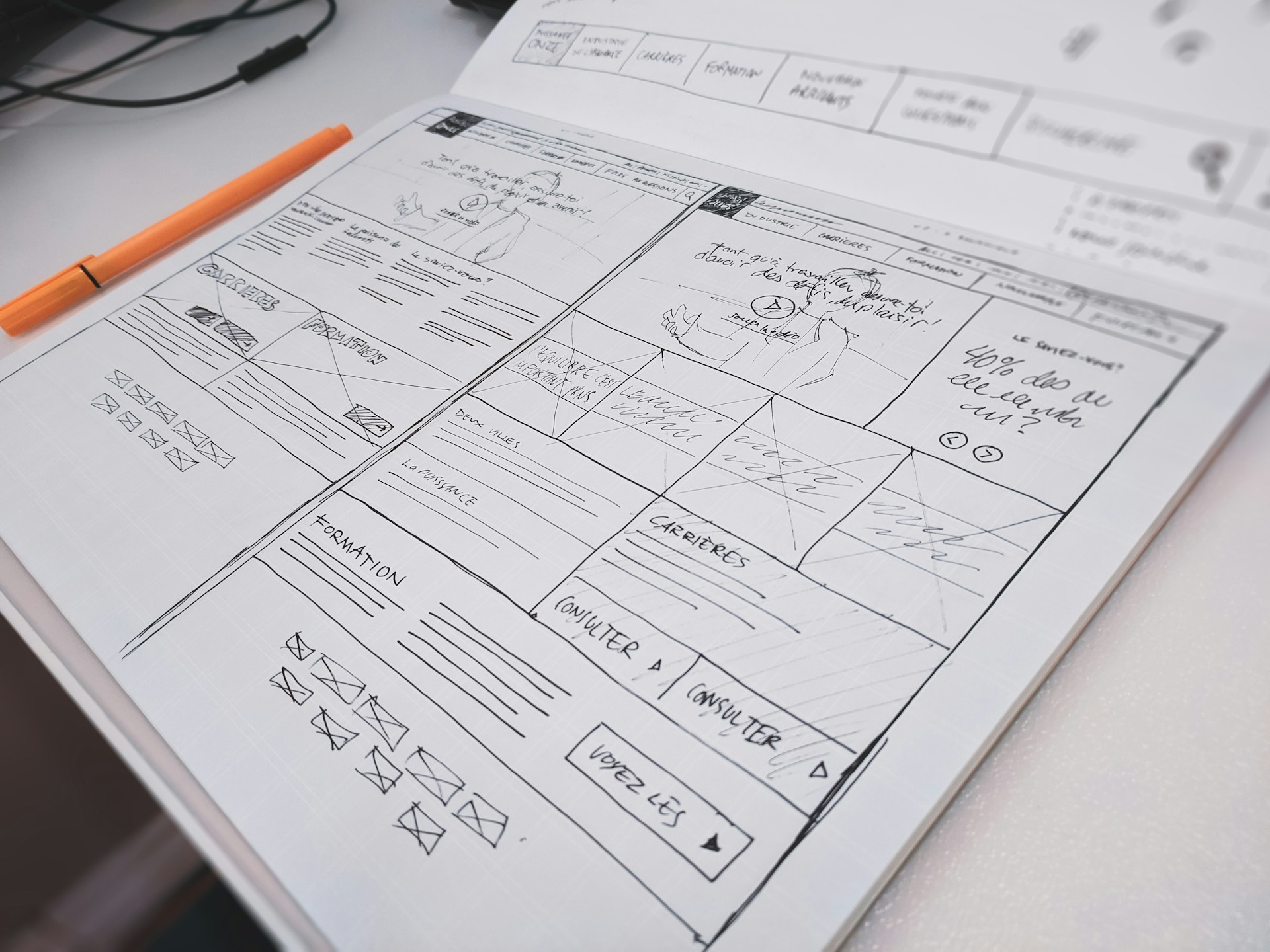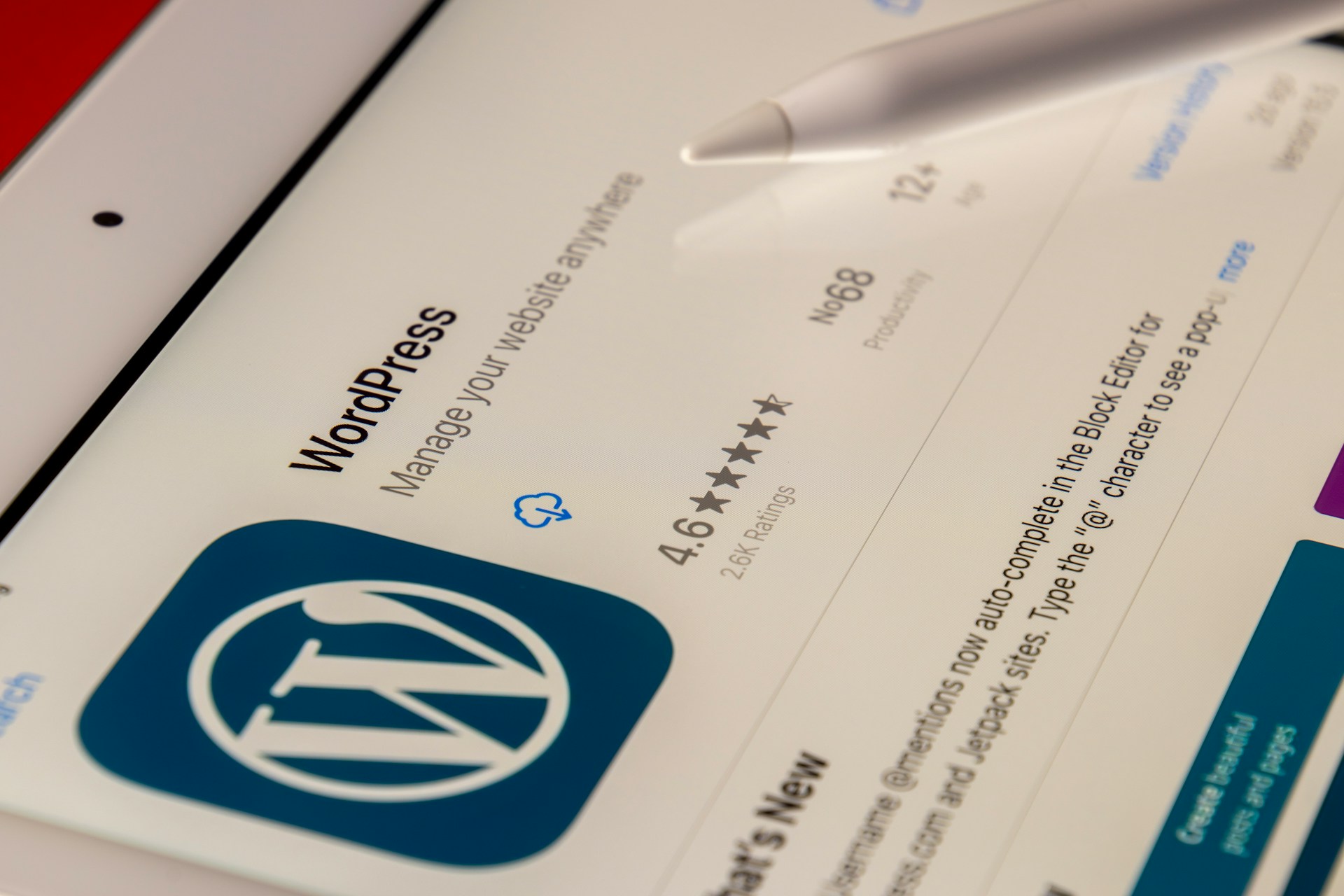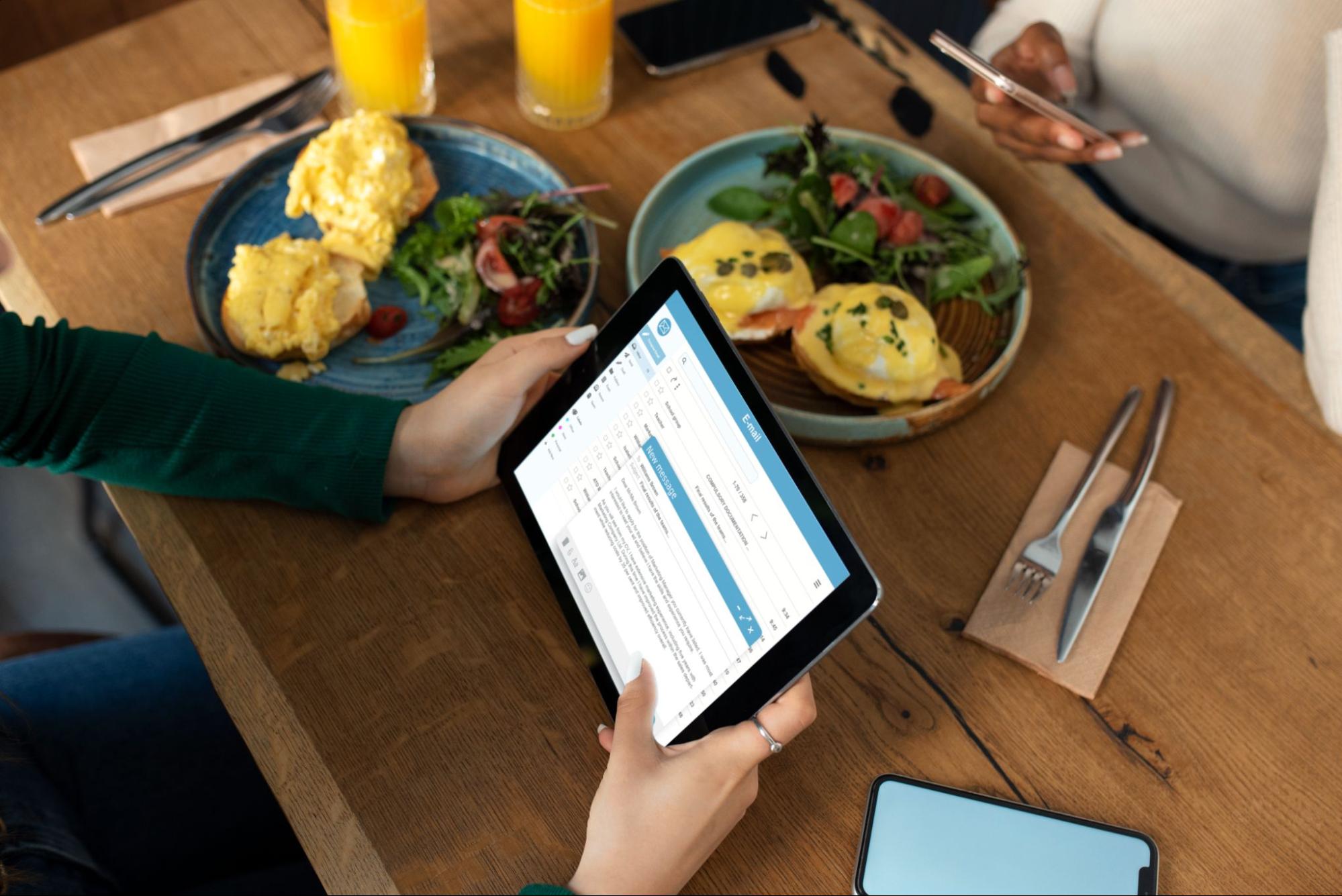Email newsletter tips that boost engagement and drive sales
Despite the persistent myth that email marketing is dead, email remains a powerful medium that won’t go away any time soon – especially now that tech adoption is at an all-time high. Billions of emails are sent every day and, apart from talking to friends and co-workers, many people use email to get news from brands.
Quick Links
According to the Content Marketing Institute, up to 87% of marketers use emails to distribute content organically to their audience, making email the most-used channel after the company website and the company blog. What’s more, studies show that, when done right, email marketing has a high return on investment.
And yet, why do so many businesses believe that a good marketing campaign is hard to implement? Well, the biggest challenge with emails is that standards have changed a lot over the years, and creating the perfect newsletter is no longer a walk in the park. The average person receives 121 emails every day, and drafting a newsletter that stands out in the inbox takes a lot of skill and a user-focused mindset.
Contrary to popular belief, users don’t roll their eyes whenever they see a newsletter from a brand; most of them cannot wait to open said newsletter if it offers them something worth their while, such as a discount, a market study, or a piece of exciting news. Your clients signed up for your newsletter for a reason, so what can you do to make sure they stayed subscribed?
The key is in creating engaging content and presenting it in a compelling way so that clients can’t resist clicking it:
It all starts from the subject line.
Before they even get to open the newsletter and find out what’s new, receivers will first see the subject line – and what you choose to write there will determine whether they open the email or not. For best results, go for a personalized subject line – that is, a subject line that starts off with the receiver’s name – because this gives the impression that the email was crafted specifically for them.
Next up, try to be as concise as possible and tell the user why they should open the newsletter from the first words: is it to claim a discount, download an e-book, enter a contest? If you’re not sure that your mailing list will respond well to your subject line, you can always try subject line tester tools that check for spam words and keywords and grade your subject lines.
Follow the best newsletter design practices.
Think of your newsletter as a mini-landing page. Yes, it needs high-quality content, but this content has to be presented in a visually compelling and accessible way.
If your newsletter consists of images that won’t load and hard-to-read fonts, people will not engage with it or might even unsubscribe.
Before sending your email copy to the marketing department, make sure it looks clean and polished. If you don’t have a web designer to oversee the process, you can create it yourself in PDF, a file format that resembles web content. Play around with various options, then merge PDF files and send them over to marketing to choose the best one.
When working on your newsletter’s visuals, take these factors into account:
- The colors should be consistent with your website design and brand identity.
- The fonts should be readable and compatible with all devices.
- The text should be correctly formatted and split into small paragraphs.
- Use images to boost engagement, but not too many images because the email could become overwhelming and crowded. Keep in mind that some email clients have images turned off by default, so all essential information should be written in text.
When in doubt, use newsletter templates from websites like Canva and Moosend to get some inspiration.
Keep the text short and scannable.
Not all newsletters announce weekend sales. Some newsletters, especially B2B ones, aim to share valuable content. For example, maybe you have conducted an extensive market study, and you want to share your findings, or you published an interview with someone noteworthy in your industry. You might be tempted to share as much of it in the email as possible, but this isn’t a good idea for two reasons:
- Users might be in a hurry when opening the email and might not be able to read the whole thing.
- If they do read the whole thing, they have no other incentive to click on the button in the email and go to your website.
The secret to compelling newsletter copy is to keep your text just short enough to spark the reader’s curiosity so that they go to your website to read more. Be mindful of your reader’s time and attention span. Even if you only included a few lines of text in the newsletter, make sure they’re scannable. Highlight or bolden keywords and use emojis to strengthen your message.
Include CTAs in your email copy
CTAs (calls to action) are words, phrases, and buttons that prompt the user to take a certain action: visit your website, sign up for a service, buy a product, leave feedback, or read a blog post. In a newsletter, CTAs are like a bridge between the email app and your website, so make sure you include lots of them.
No matter what action you want the user to take, make sure you include call-to-action buttons between the lines to drive maximum engagement.
Test your newsletter for all devices
And finally, make sure you test your newsletter on all devices before sending it. In the past year, the number of people who open emails from desktops and laptops has increased because many of them are working from home. Still, 85% of users use email to access their email, so the template has to be responsive. If the user is forced to zoom in to click on a button or swipe to read the entire sentence, they might get frustrated and abandon the email, no matter how brilliant the content might be.
Why is Personalisation the Future of Web Development Services?
At present, custom web development is essential to ensure the success of a business concern. A…
0 Comments9 Minutes
Top Reasons to Hire WordPress Developers for Custom Website Solutions
Today, no business can possibly thrive in the digital realm without a strong online presence. An…
0 Comments13 Minutes
Why Link Building Remains a Key Pillar of Successful SEO
Why do some websites always pop up first on Google while others seem impossible to find? The…
0 Comments6 Minutes
Essential Features to Look for in an Enterprise AI Chatbot Platform
A prime of modern businesses and organizations in the rapidly growing digital environment is to…
0 Comments6 Minutes
Why Influencer Marketing is the Secret Weapon Your Brand Needs Right Now
Developing a solid relationship with your audience is more crucial than ever in the modern digital…
0 Comments7 Minutes
Keyword research tools for eCommerce to drive conversions
Why do some online stores seem to effortlessly attract customers while others struggle to get…
0 Comments13 Minutes
Key Trends in Local SEO: What Businesses Need to Focus on in 2025
What if your website gets lost in the digital noise? What if it fails to reach your target…
0 Comments9 Minutes
How a Restaurant Marketing Agency Can Transform Your Business
Food is the most important thing that helps a restaurant build its reputation. Apart from food, a…
0 Comments6 Minutes








